Rising Demand in Automation
The Cross Roller Bearing Market is experiencing a notable surge in demand due to the increasing automation across various sectors. Industries such as manufacturing, robotics, and aerospace are increasingly adopting automated systems to enhance efficiency and precision. This trend is projected to drive the market, as cross roller bearings are essential components in robotic arms and automated machinery. The market for automation is expected to grow at a compound annual growth rate (CAGR) of approximately 9% over the next five years, indicating a robust demand for high-performance bearings. As automation technologies evolve, the need for reliable and durable components like cross roller bearings becomes paramount, thereby propelling the market forward.
Growth in Renewable Energy Sector
The Cross Roller Bearing Market is poised to benefit from the expansion of the renewable energy sector. Wind turbines and solar tracking systems require high-precision bearings to ensure optimal performance and longevity. The increasing investment in renewable energy projects is likely to create substantial opportunities for cross roller bearings, which are known for their ability to handle high loads and provide smooth rotational motion. The renewable energy market is anticipated to grow significantly, with wind energy alone projected to reach a capacity of over 1,000 GW by 2025. This growth will likely necessitate the use of advanced bearing solutions, thereby enhancing the demand for cross roller bearings.
Expansion of the Automotive Sector
The Cross Roller Bearing Market is likely to see substantial growth due to the expansion of the automotive sector. With the increasing production of vehicles, particularly electric and hybrid models, the demand for high-quality bearings is on the rise. Cross roller bearings are utilized in various automotive applications, including steering systems and electric motors, where precision and reliability are critical. The automotive industry is projected to grow at a CAGR of around 6% over the next few years, driven by technological advancements and consumer preferences for more efficient vehicles. This growth is expected to create a favorable environment for cross roller bearing manufacturers, enhancing their market presence.
Increasing Focus on Precision Engineering
The Cross Roller Bearing Market is benefiting from the growing emphasis on precision engineering across multiple sectors. Industries such as aerospace, medical devices, and high-tech manufacturing are increasingly prioritizing precision components to meet stringent quality standards. Cross roller bearings, known for their high load capacity and accuracy, are essential in applications where precision is non-negotiable. The demand for precision-engineered products is expected to rise, with the precision engineering market projected to grow significantly in the coming years. This trend suggests that cross roller bearings will play a crucial role in supporting the evolving needs of precision-driven industries, thereby driving market growth.
Technological Innovations in Bearing Design
Innovations in bearing design and materials are transforming the Cross Roller Bearing Market. Manufacturers are increasingly focusing on developing bearings that offer enhanced performance, reduced friction, and improved durability. The introduction of advanced materials, such as ceramic and hybrid bearings, is expected to elevate the performance standards of cross roller bearings. These innovations not only extend the lifespan of bearings but also reduce maintenance costs for end-users. As industries seek to optimize their operations, the demand for technologically advanced bearing solutions is likely to rise. This trend indicates a shift towards more efficient and reliable bearing systems, which could significantly impact the market landscape.


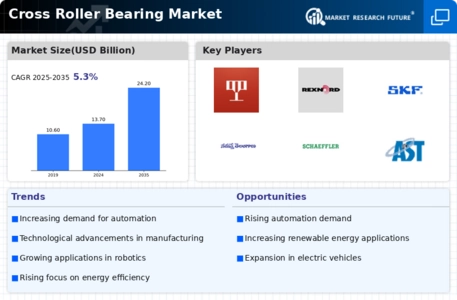
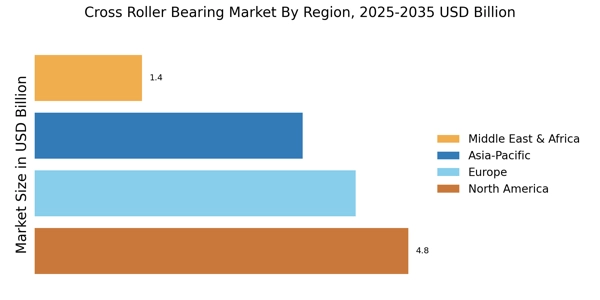
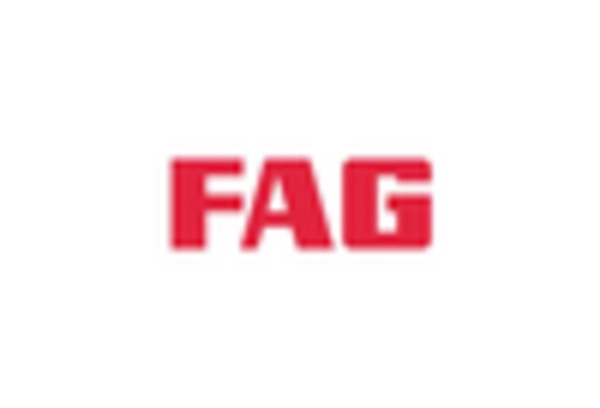
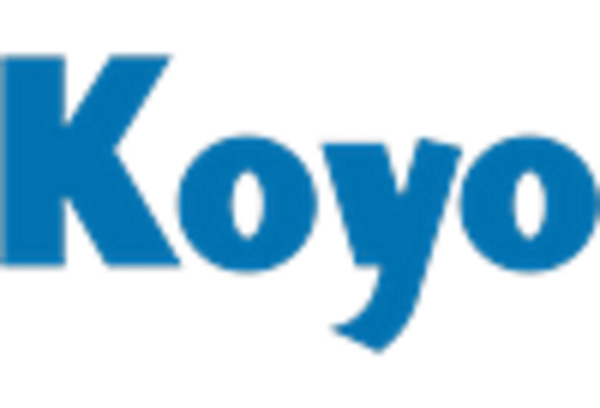

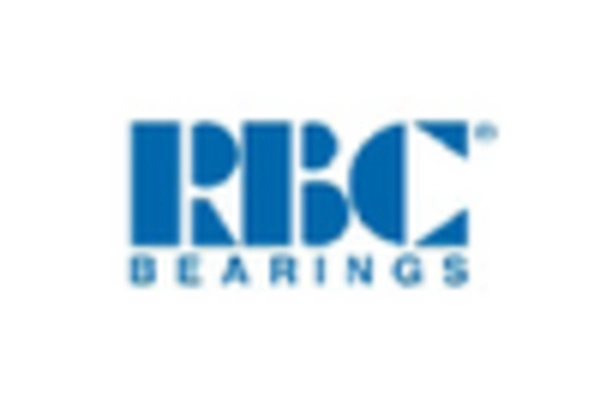
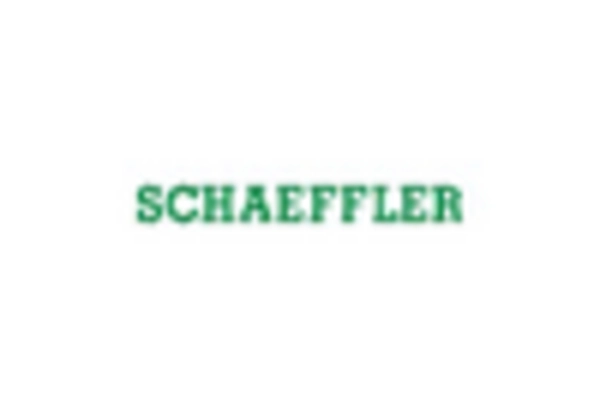
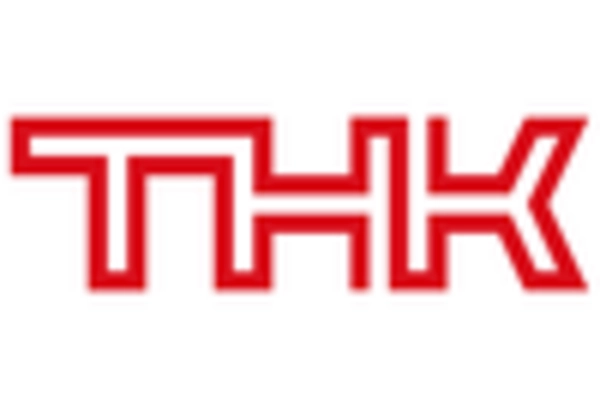








Leave a Comment